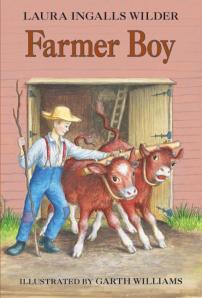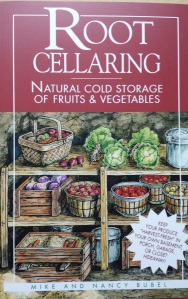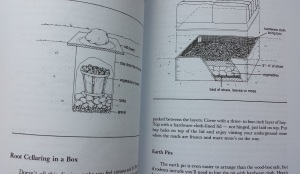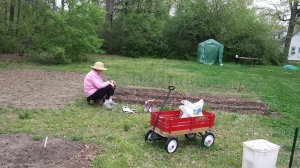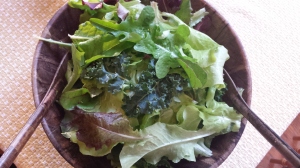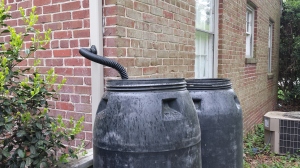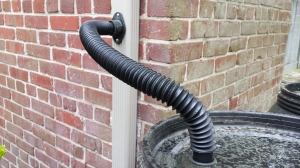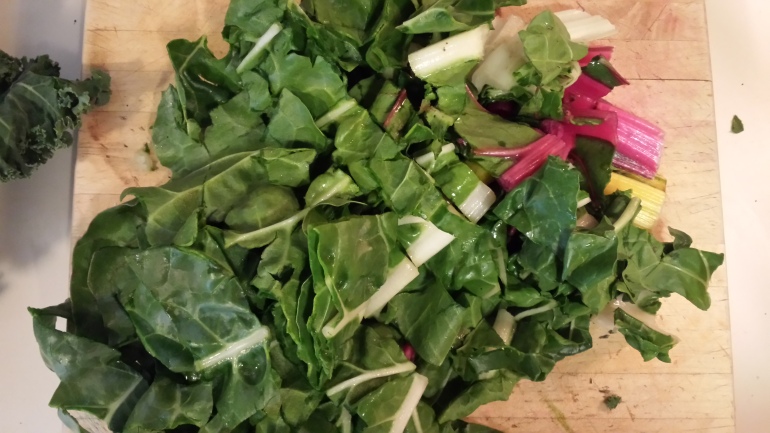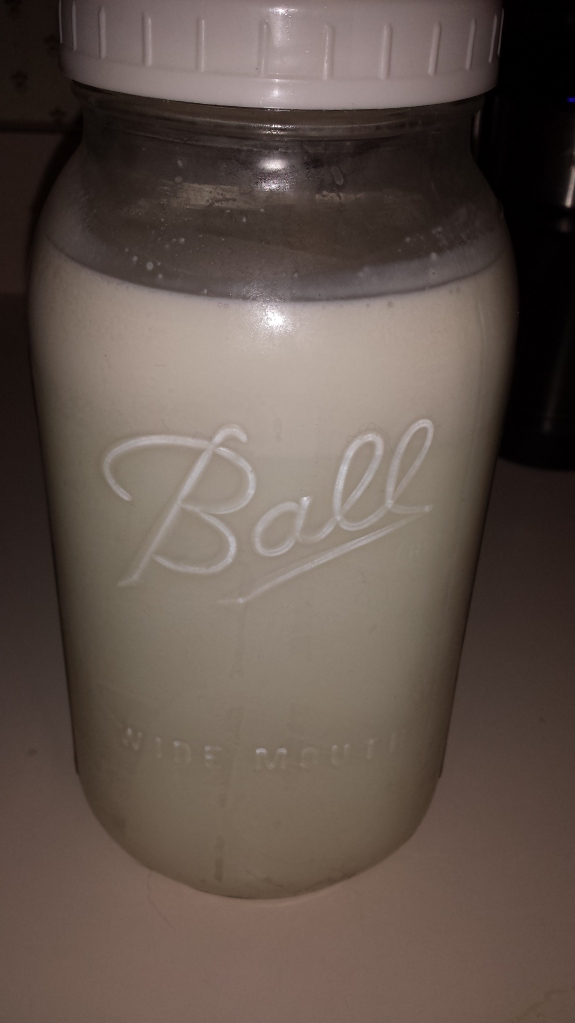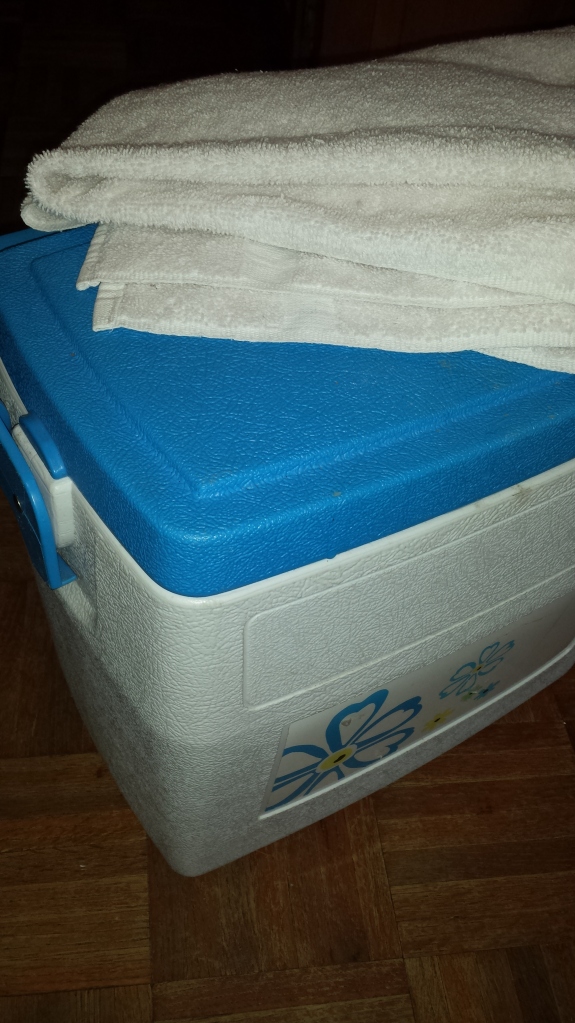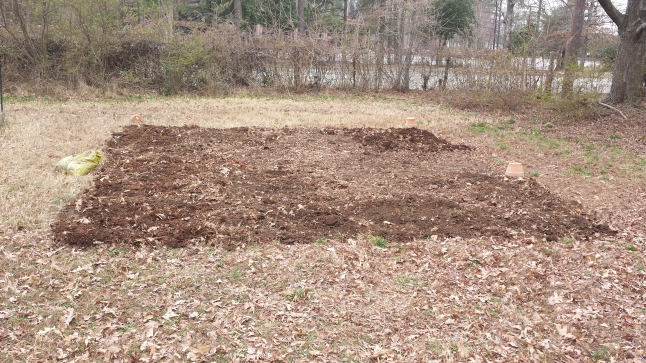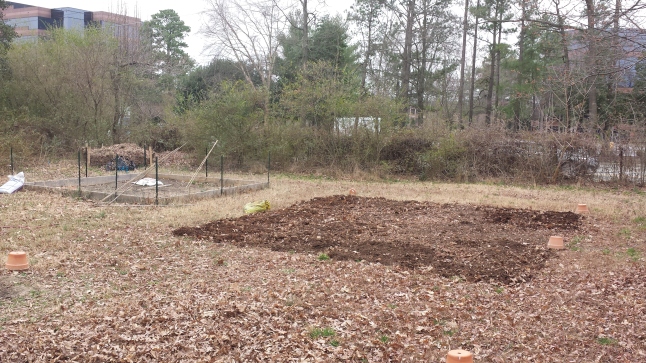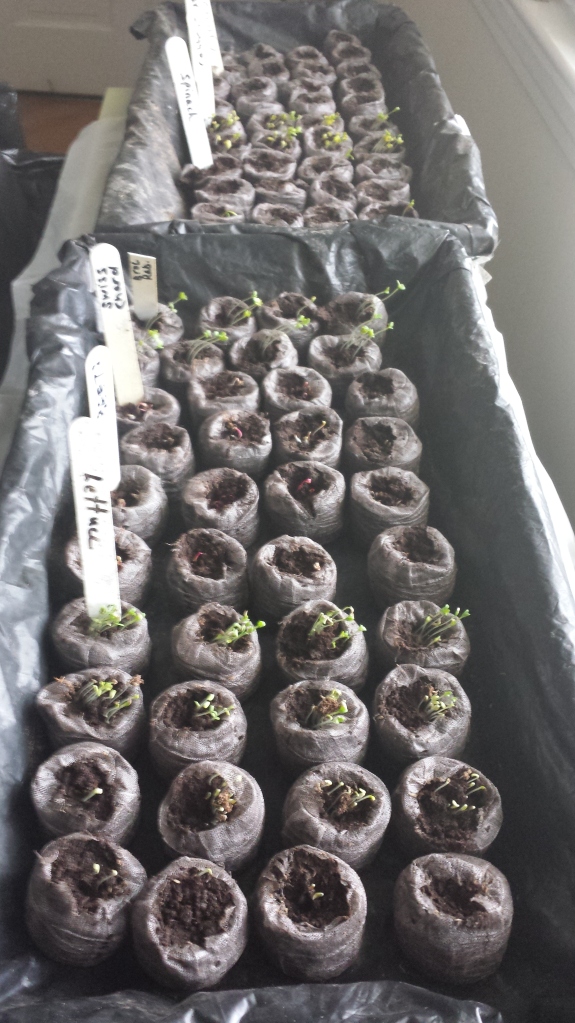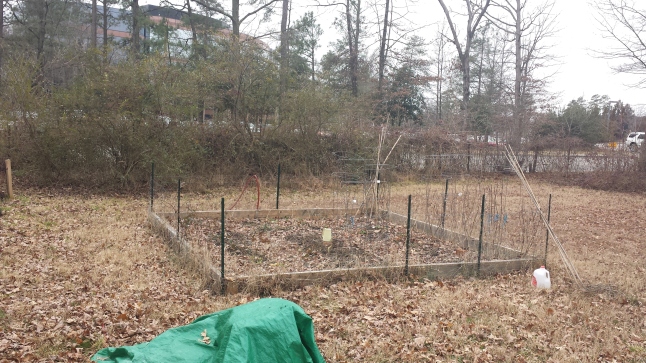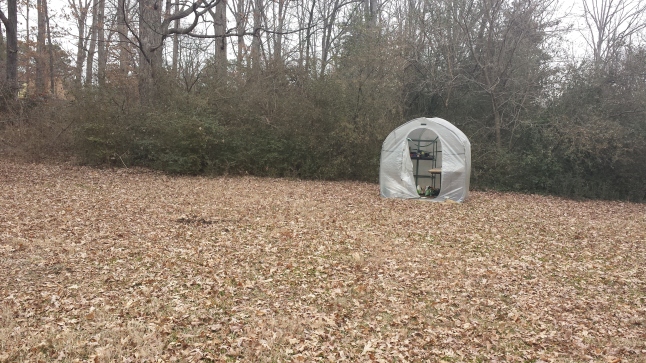As a child I loved to read the Laura Ingalls Wilder books about her life in the big woods and on the prairie. What I found most intriguing in her family stories was the idea of being a self sustaining family. Ma and Pa would get some staples from the Olsens’ store in town; but, for the most part the Ingalls family provided for themselves. What they could not provide for themselves, they often bartered with others for the items they needed. For instance, Ma would trade their chicken eggs for sugar and coffee. Pa would put up a fence in a neighbor’s field in return for a baby pig.
My most favorite Laura Ingalls Wilder novel is Farmer Boy. This book is about her husband Almonso Wilder who grew up on a large farm in New York state. Hard work and discipline is the life depicted in this story. What captured my attention was the descriptions of the food that they would feast on daily. This hardy food sustained their endless daily chores and was a source of pride for the women of the family.
While reading these same books to my own daughters some 10 (maybe more) years ago, the whole concept of growing and preserving your own food stuck with me. One essential element of survival during this time period was the root cellar. By carefully storing fruits of the harvest, a family could endure a long winter. Last weekend, Martha and I were discussing root cellars and how to store potatoes and other root vegetables for the winter.
Realizing that we needed some more information on the subject, I googled and found a book on the topic called Root Cellaring by Mike and Nancy Bubel. Immediately, I checked this book out from our local library via an electronic download to my Kindle app on my phone. After reading several chapters, I decided that I must invest in a print version of this book for my own library so that I could use it as reference and take notes in it as needed.
This book is a wealth of information on planning and tending crops that will get you through the winter months. The Bubels describe in detail their successes and failures and how to learn from the mistakes you make along the way. This book is informative yet enjoyable to read because it is not at all dull or scientific. It is practical and doable and I appreciate the simple way in which it is written; the photos and drawings are both interesting and educational.
Today my print copy was waiting for me on my doorstep as I left for work. Wow, Amazon Prime is speedy. I am armed with a highlighter and ready to delve more deeply into the art of preserving and making the most of the food I grow for my family.
Since I live in central Virginia, I am interested in learning more about insulating certain crops in the field to harvest throughout the colder months.
How do you store your food for the winter months? Which vegetables survive best?
Written by Jennifer Laughter Google

